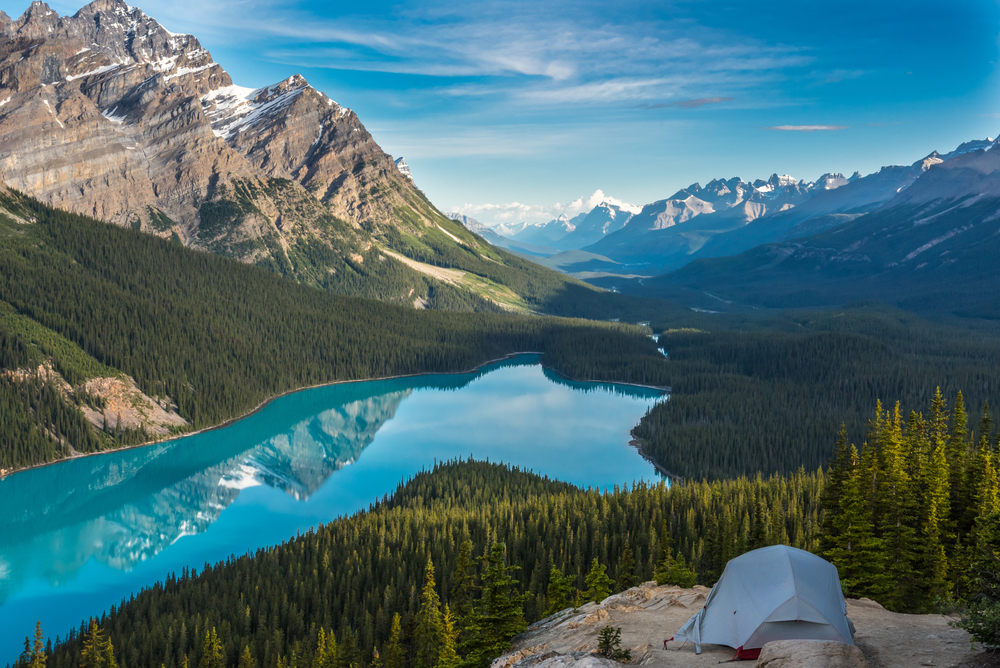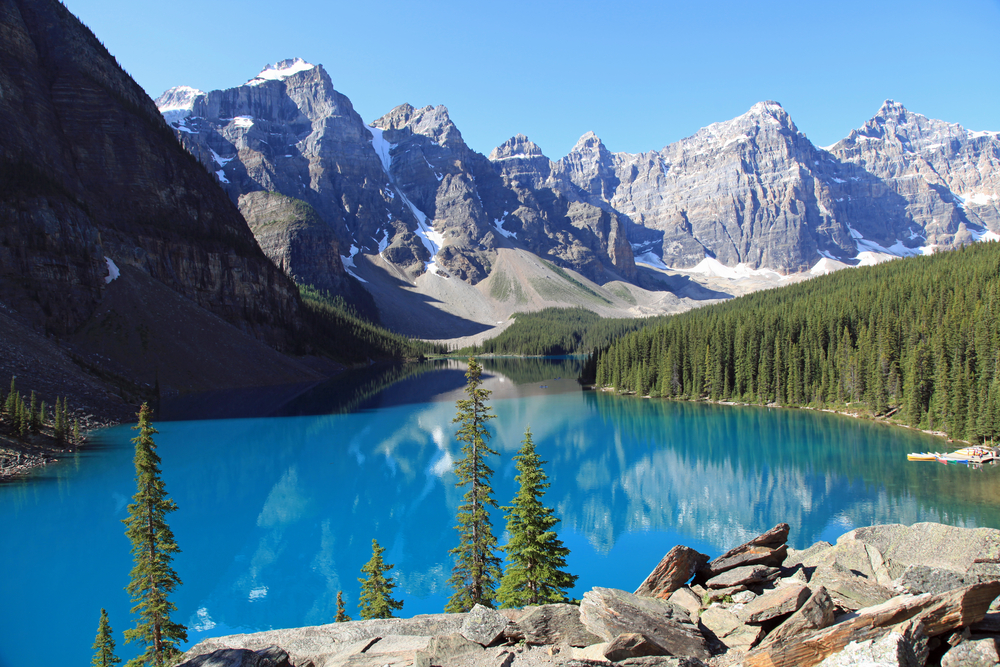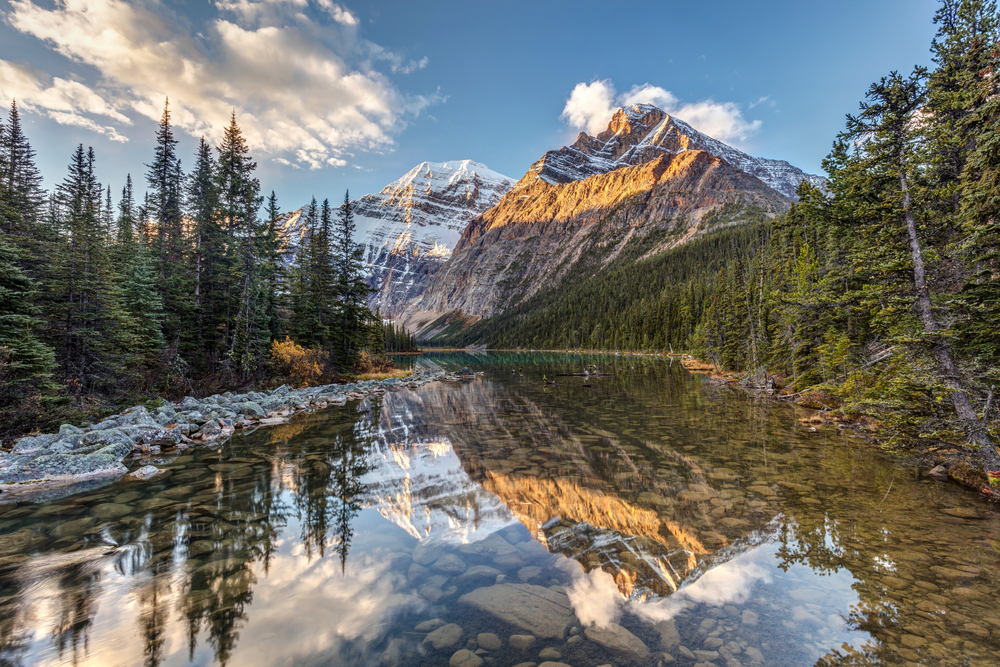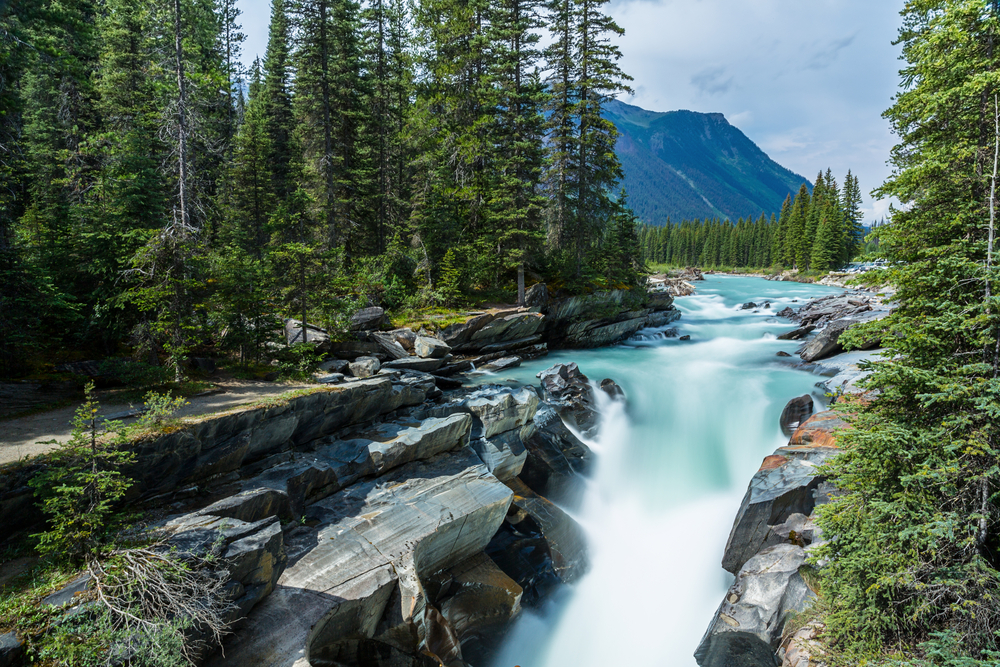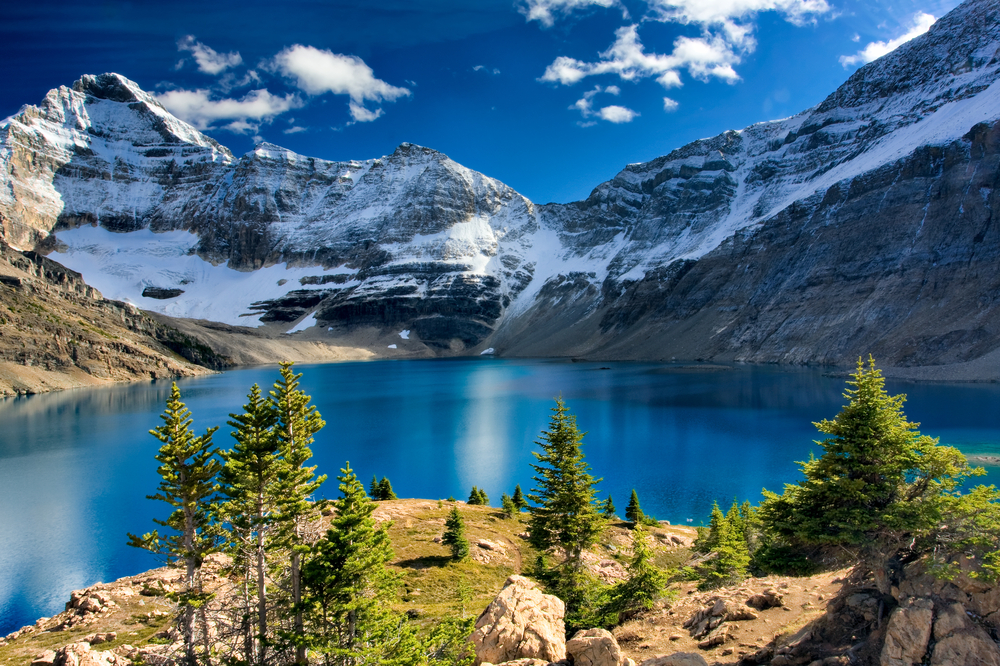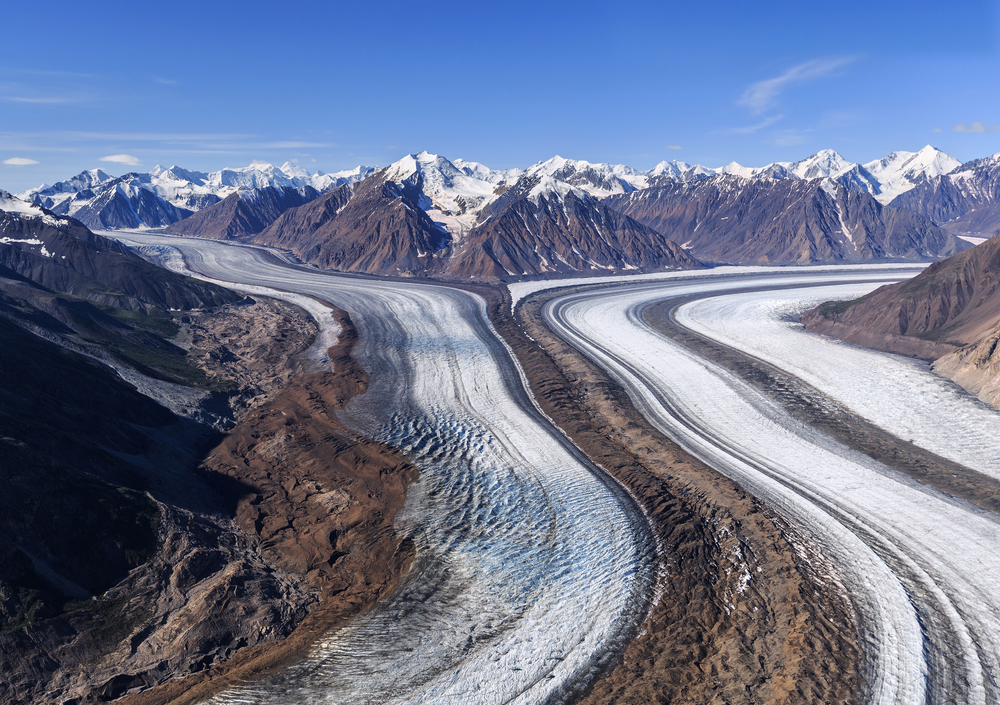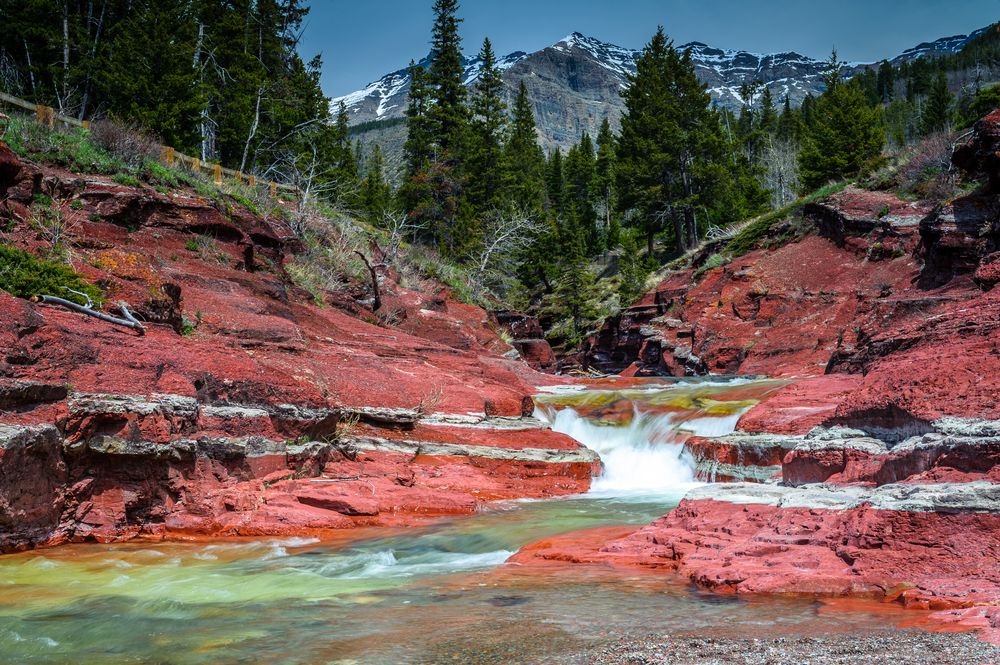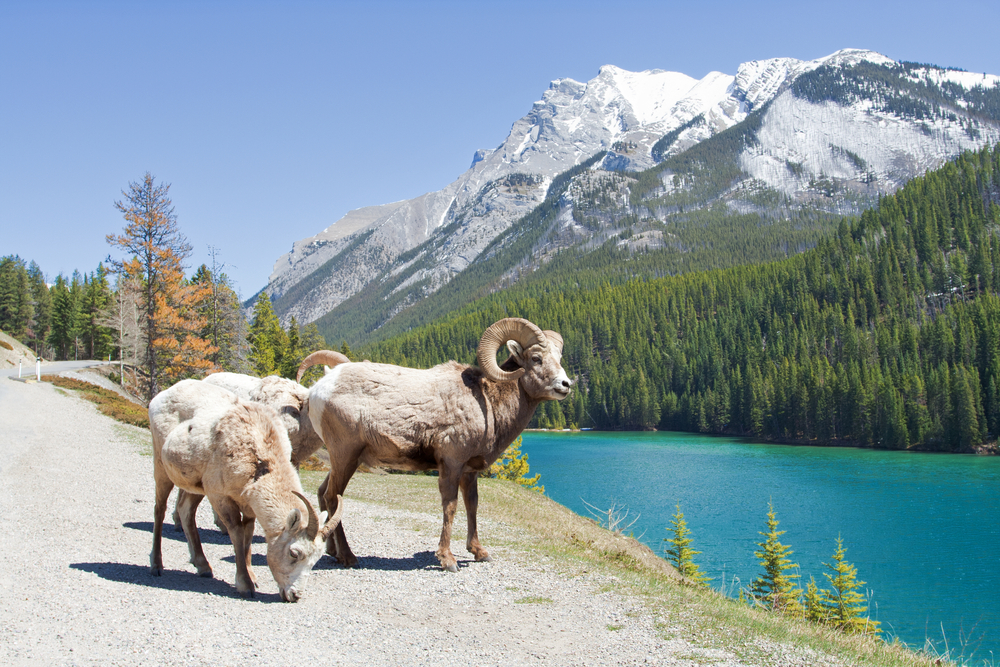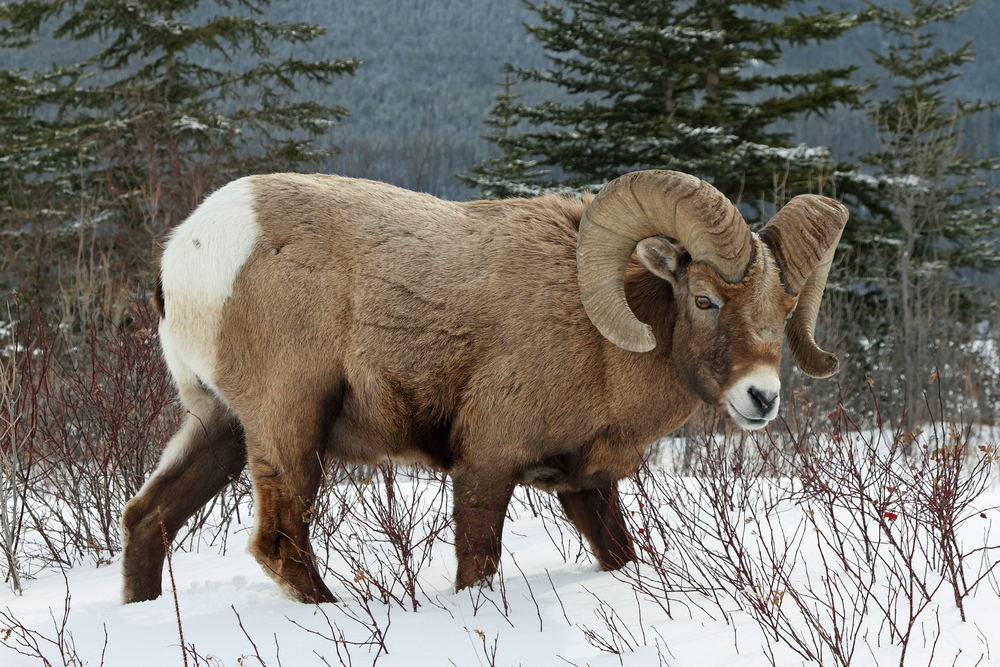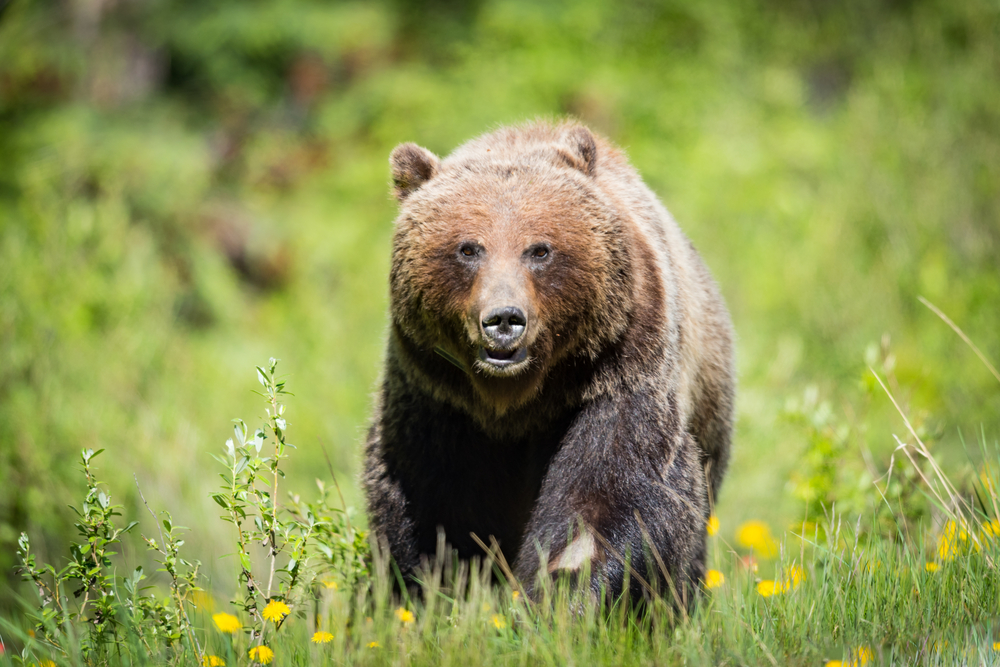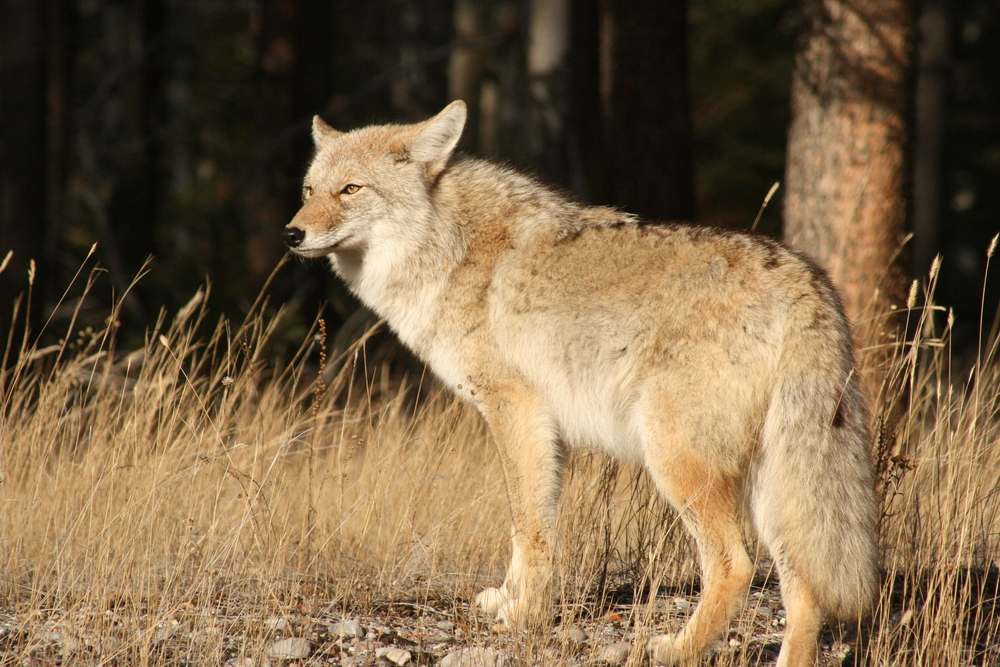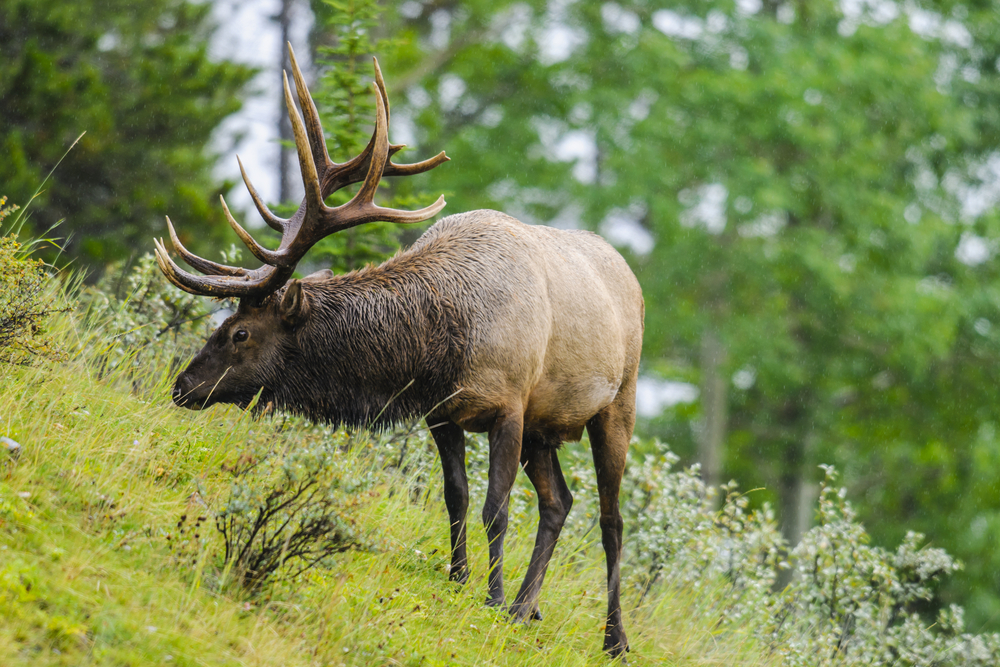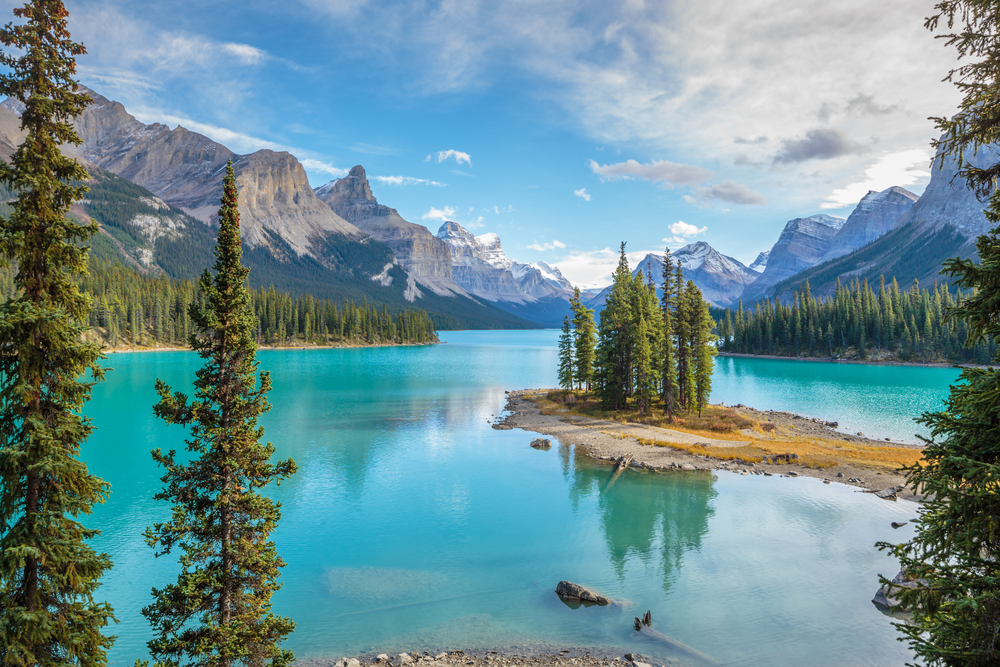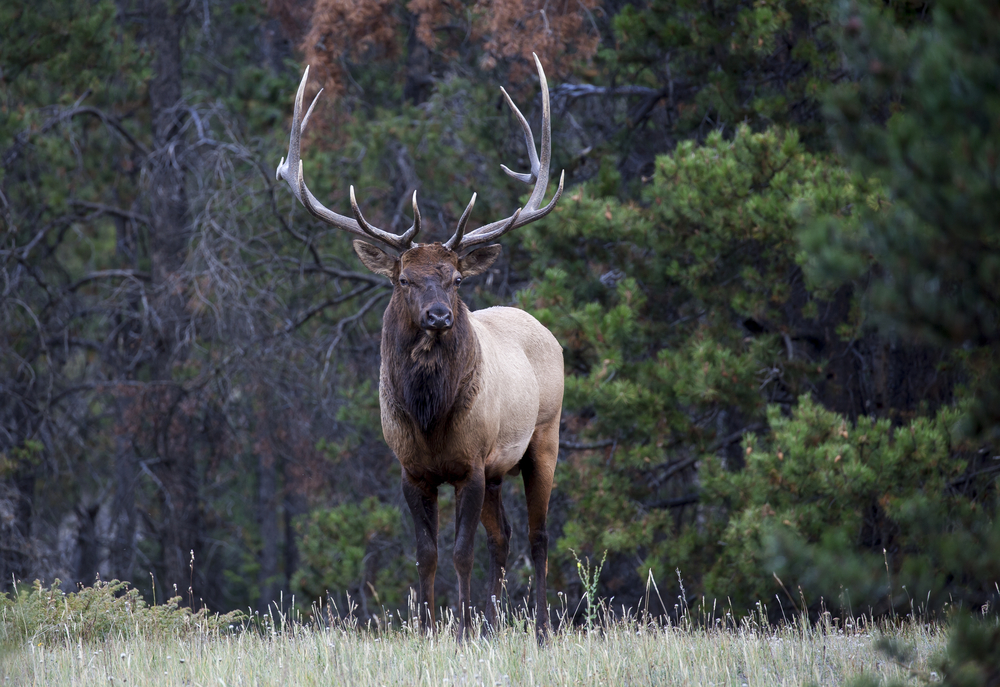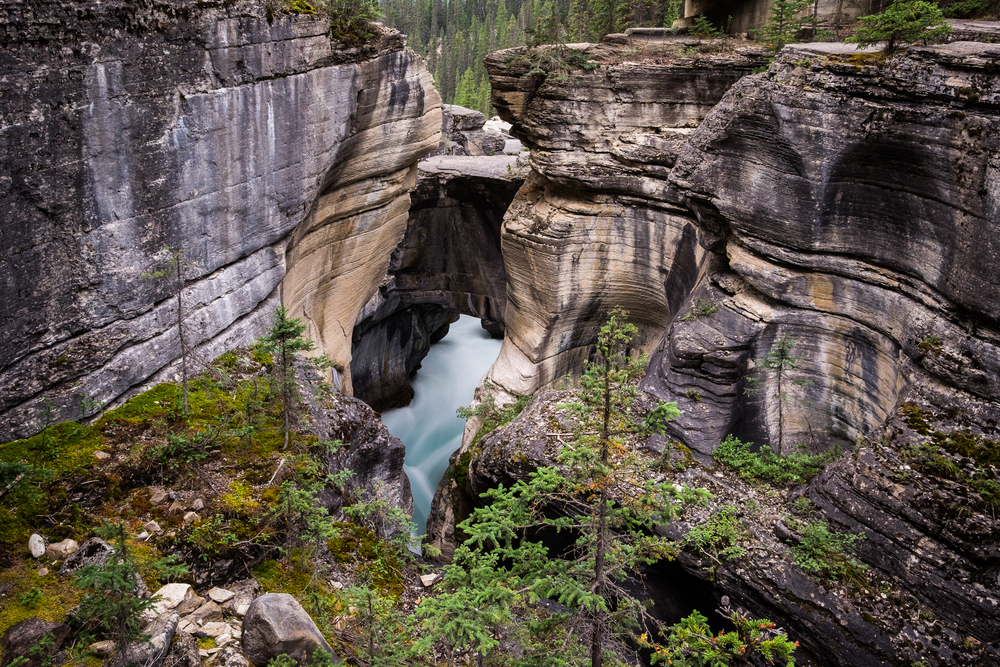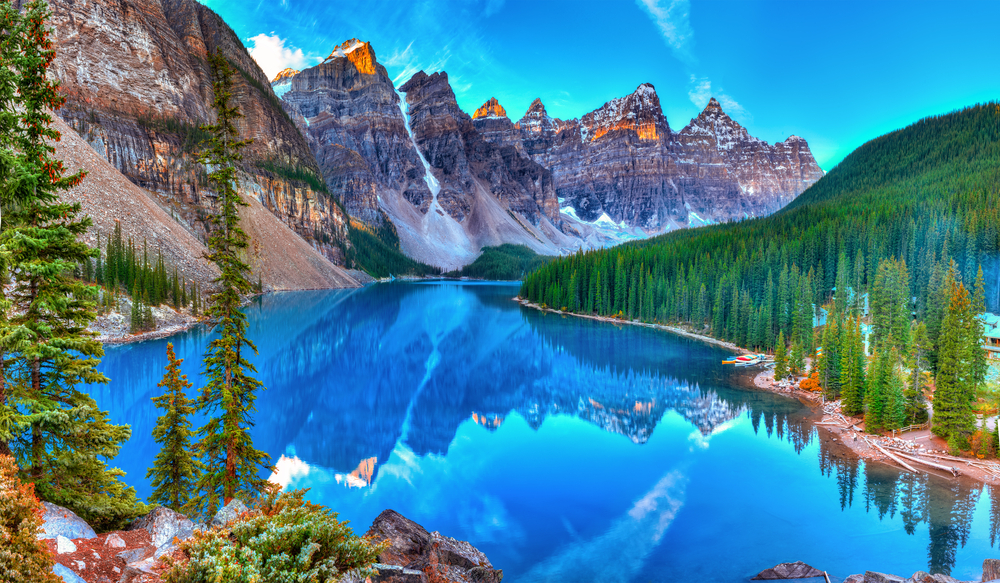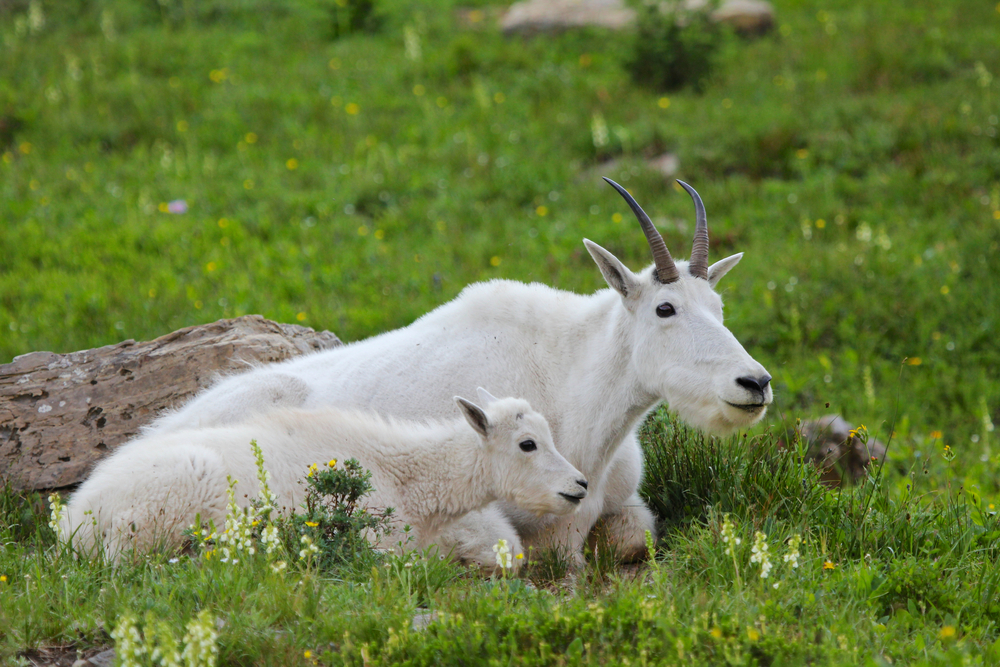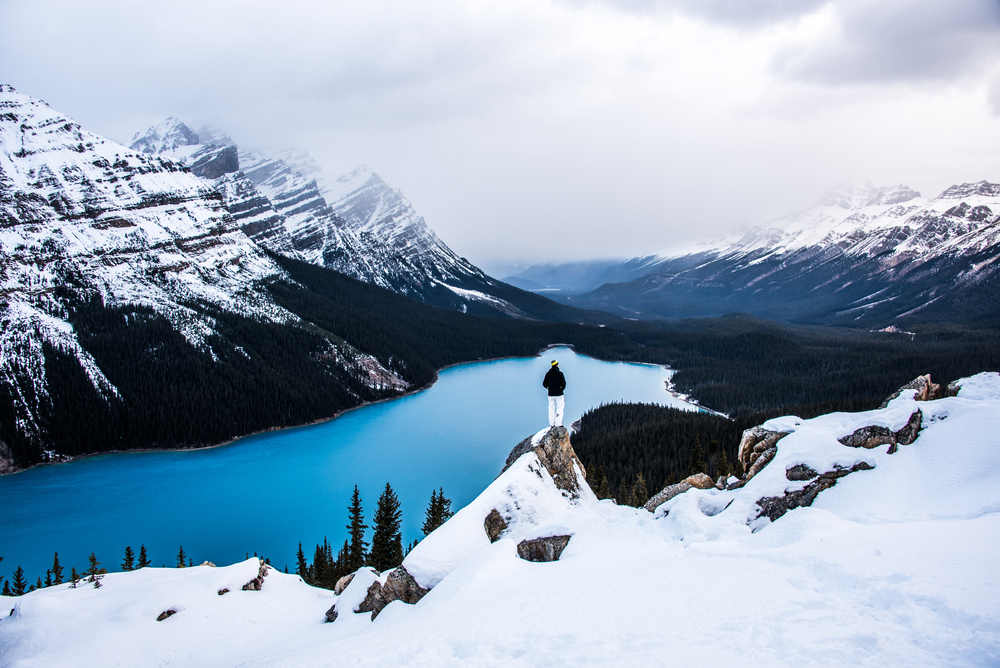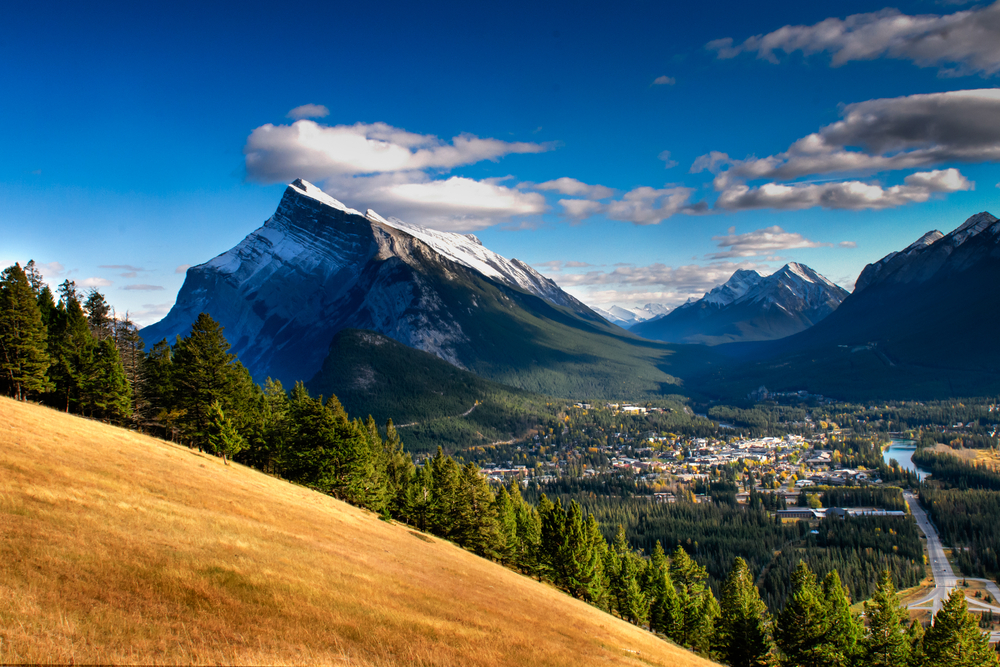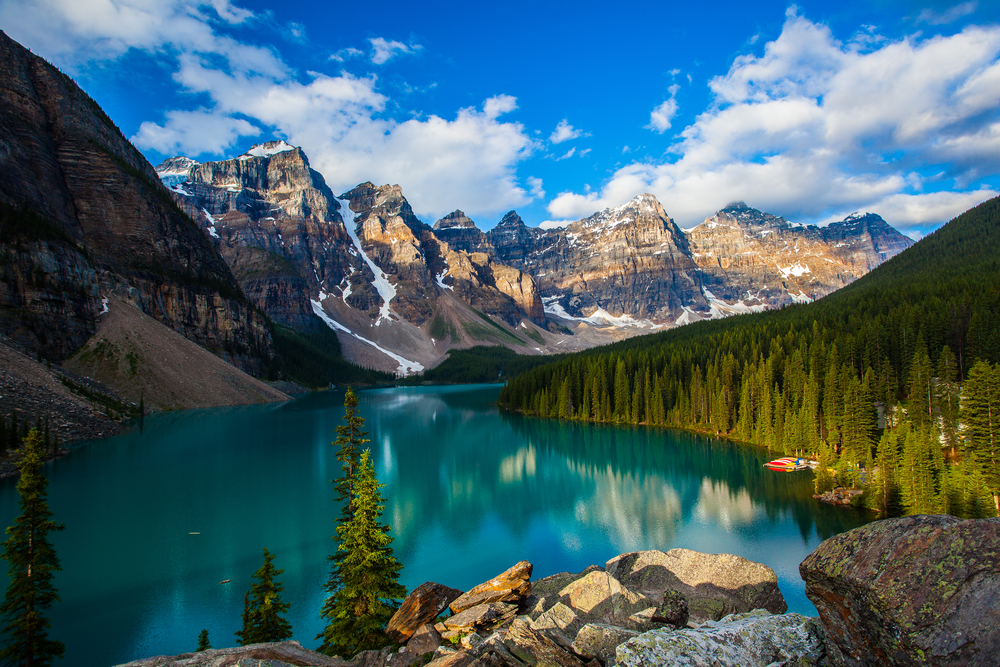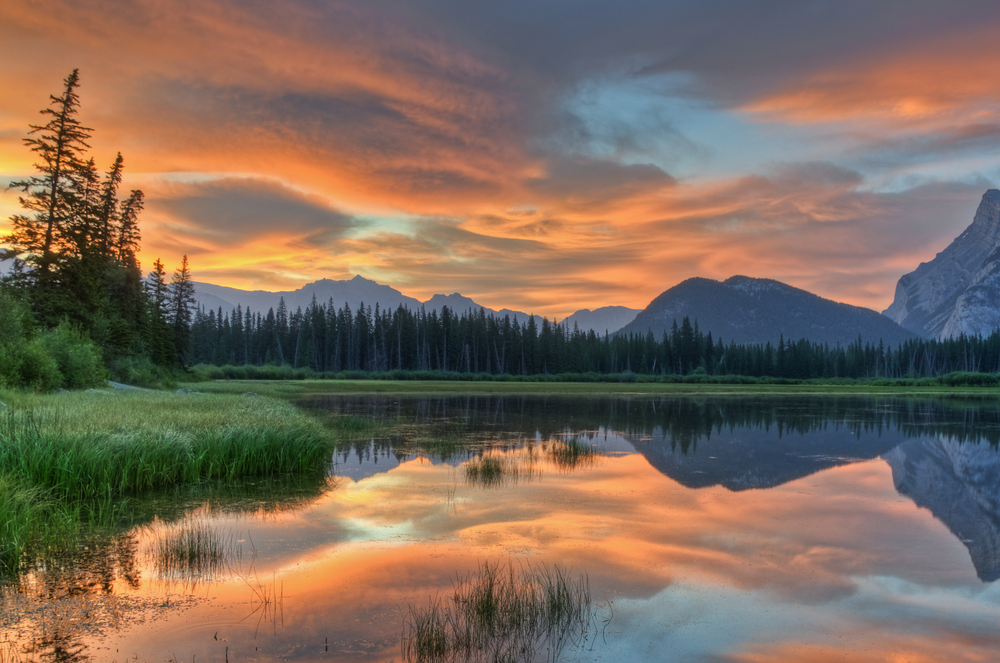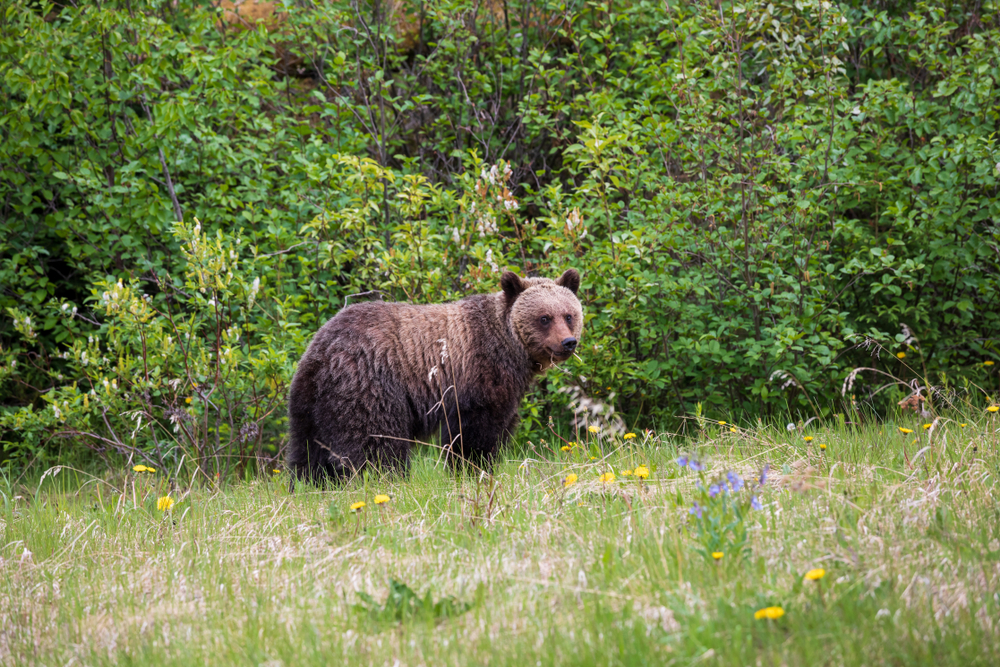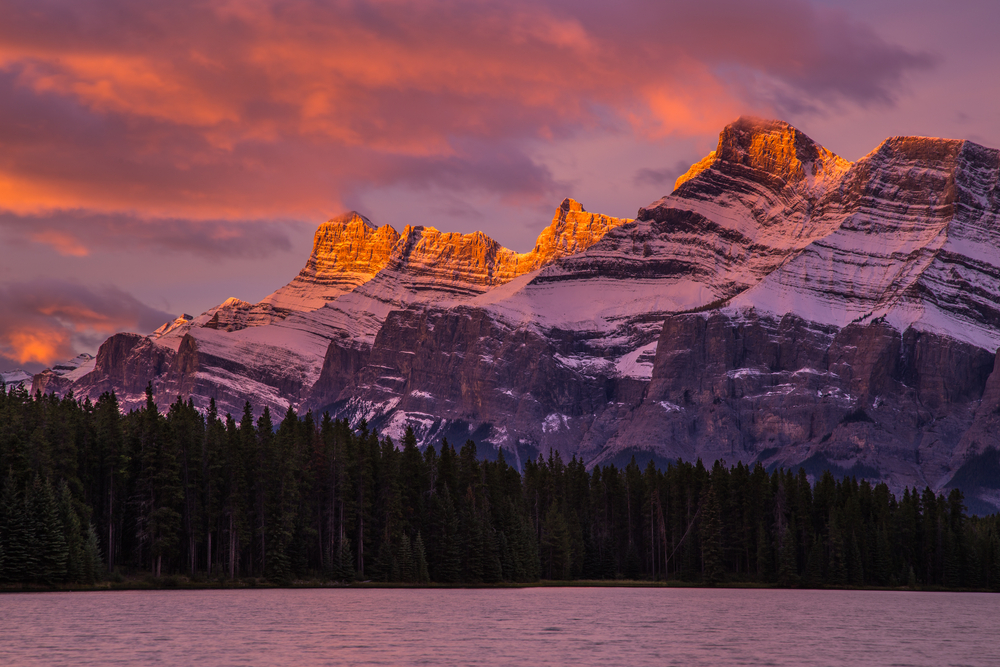Popular
Banff National Park, nestled in the heart of the Canadian Rockies, boasts a rich diversity of wildlife beyond its famed predators. Among the park’s other popular species are:
Elk: Majestic elk, also known as wapiti, are iconic symbols of Banff’s wilderness. These large herbivores are commonly spotted grazing in meadows and along riverbanks. With their impressive antlers and elegant stature, elk are a highlight of any visit to the park.
Bighorn Sheep: Bighorn sheep are well-adapted to Banff’s rugged terrain, where they navigate steep cliffs and rocky slopes with ease. These iconic mammals are known for their massive, curved horns, which males use during mating rituals and to establish dominance within their herds.
Moose: The elusive moose, North America’s largest deer species, inhabits Banff’s wetlands and marshy areas. With their towering stature and distinctive, palmate antlers, moose are a sought-after sighting for wildlife enthusiasts visiting the park.
Mountain Goat: Mountain goats are sure-footed climbers that inhabit Banff’s alpine meadows and rocky cliffs. These hardy animals are adapted to life at high elevations, where they forage on grasses, herbs, and lichens while keeping a watchful eye out for predators.
Mule Deer: Mule deer are common sights in Banff’s forests and grasslands, where they browse on shrubs, grasses, and leaves. These graceful herbivores are known for their large ears and distinctive jumping gait, which gives them their name.
Canada Lynx: Canada lynx are elusive cats with distinctive tufted ears and thick fur, well-adapted to Banff’s forested habitat. These solitary hunters primarily prey on snowshoe hares but may also target small mammals like rodents and birds.
Beaver: Beavers are ecosystem engineers that play a vital role in shaping Banff’s wetlands and waterways. These industrious rodents build intricate dams and lodges, creating habitats that support a variety of wildlife, including fish, amphibians, and birds.
Hoary Marmot: Hoary marmots are social rodents that inhabit Banff’s alpine meadows and rocky slopes. These charismatic animals are known for their distinctively grizzled fur and shrill whistles, which serve as warning calls to alert their colony members of approaching predators.
American Dipper: The American dipper, also known as the water ouzel, is a small songbird found along Banff’s rushing mountain streams and rivers. These agile birds are skilled swimmers and divers, using their waterproof plumage to forage for aquatic insects and small fish beneath the water’s surface.
Columbian Ground Squirrel: Columbian ground squirrels are ubiquitous residents of Banff’s grasslands and meadows, where they dart about in search of seeds, grasses, and insects. These social rodents are known for their burrow systems, which provide shelter from predators and harsh weather conditions








































































